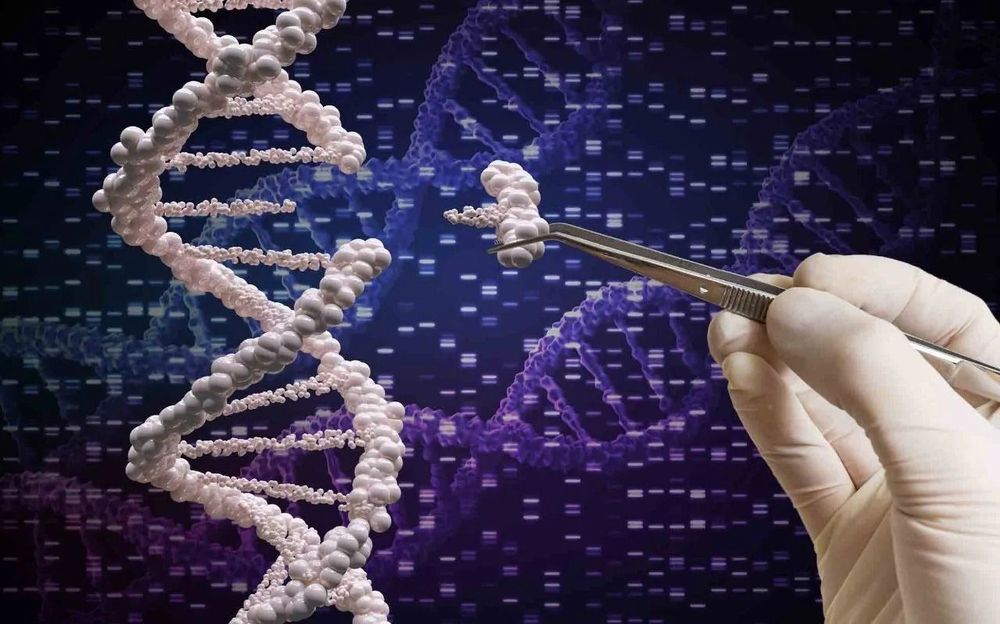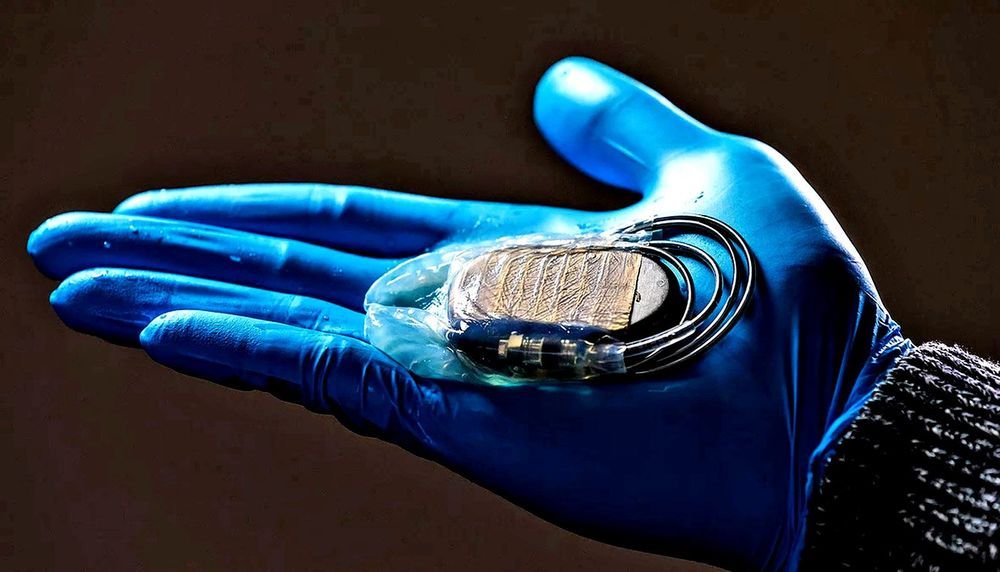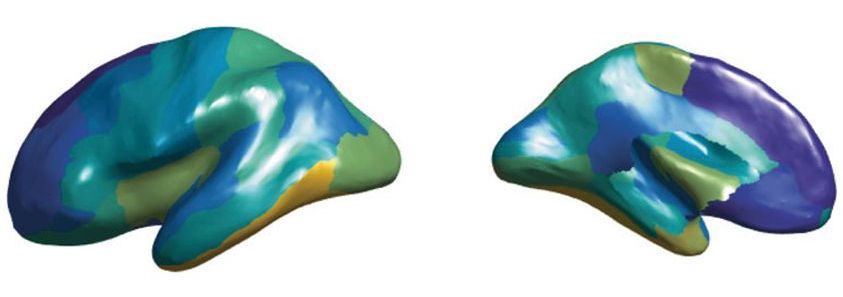NEW YORK (AP) — The U.S. winter flu season is off to its earliest start in more than 15 years.
An early barrage of illness in the South has begun to spread more broadly, and there’s a decent chance flu season could peak much earlier than normal, health officials say.
The last flu season to rev up this early was in 2003–2004 — a bad one. Some experts think the early start may mean a lot of suffering is in store, but others say it’s too early to tell.







